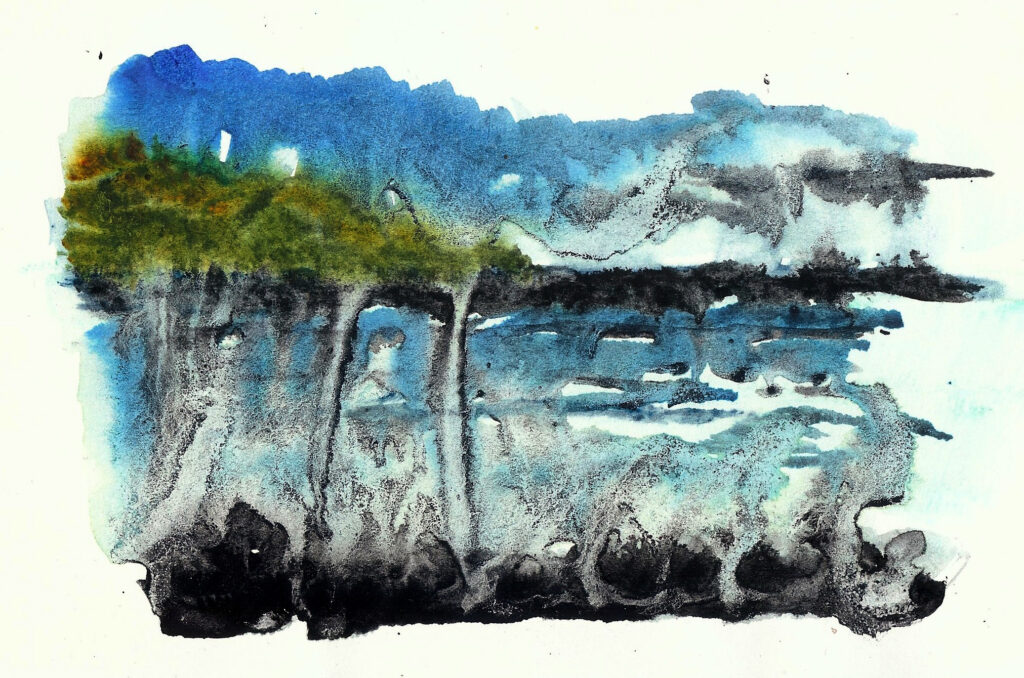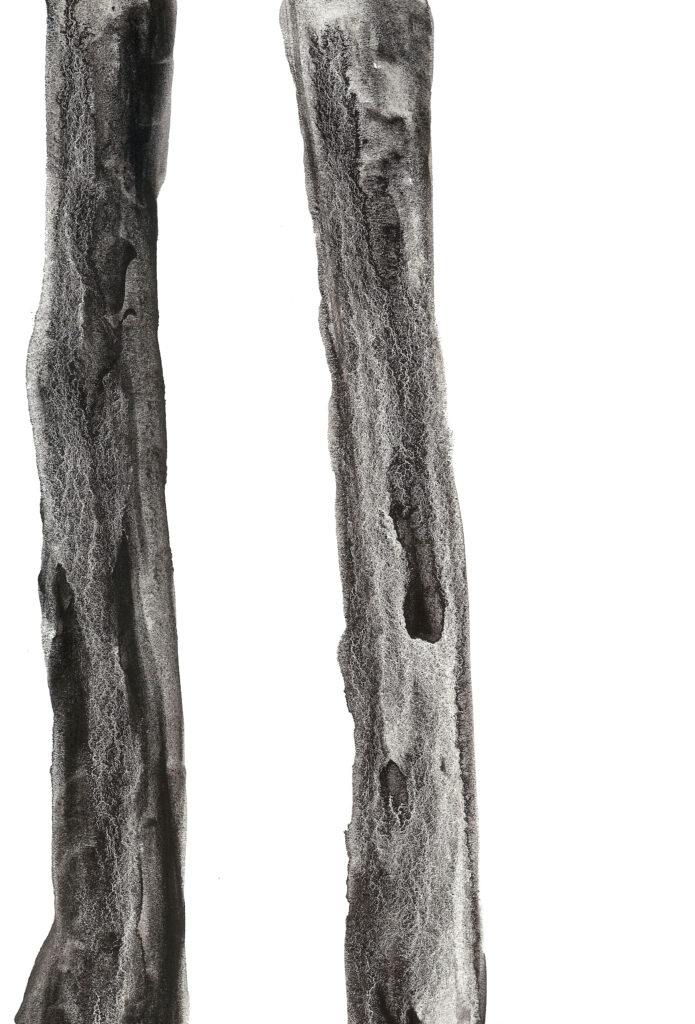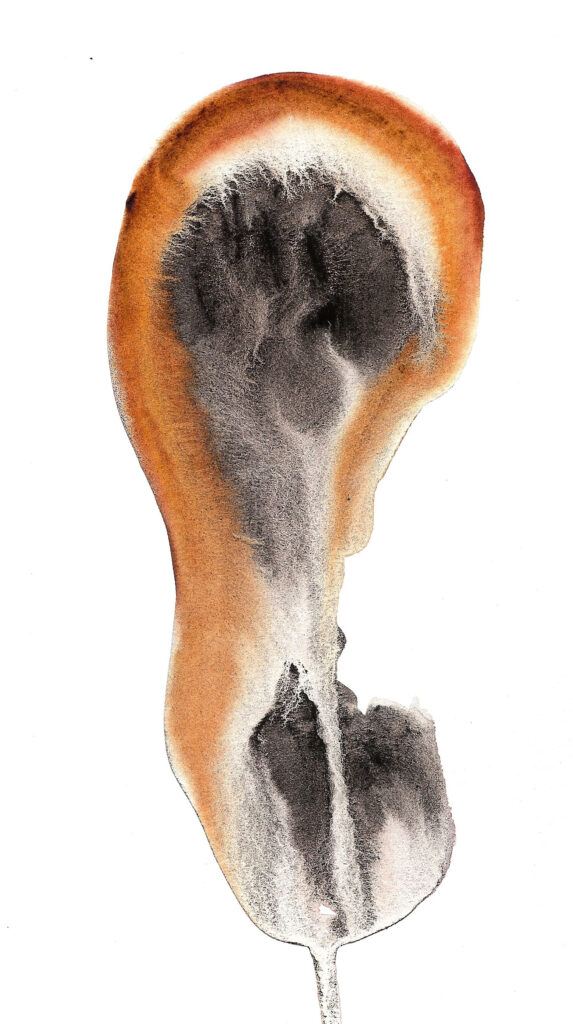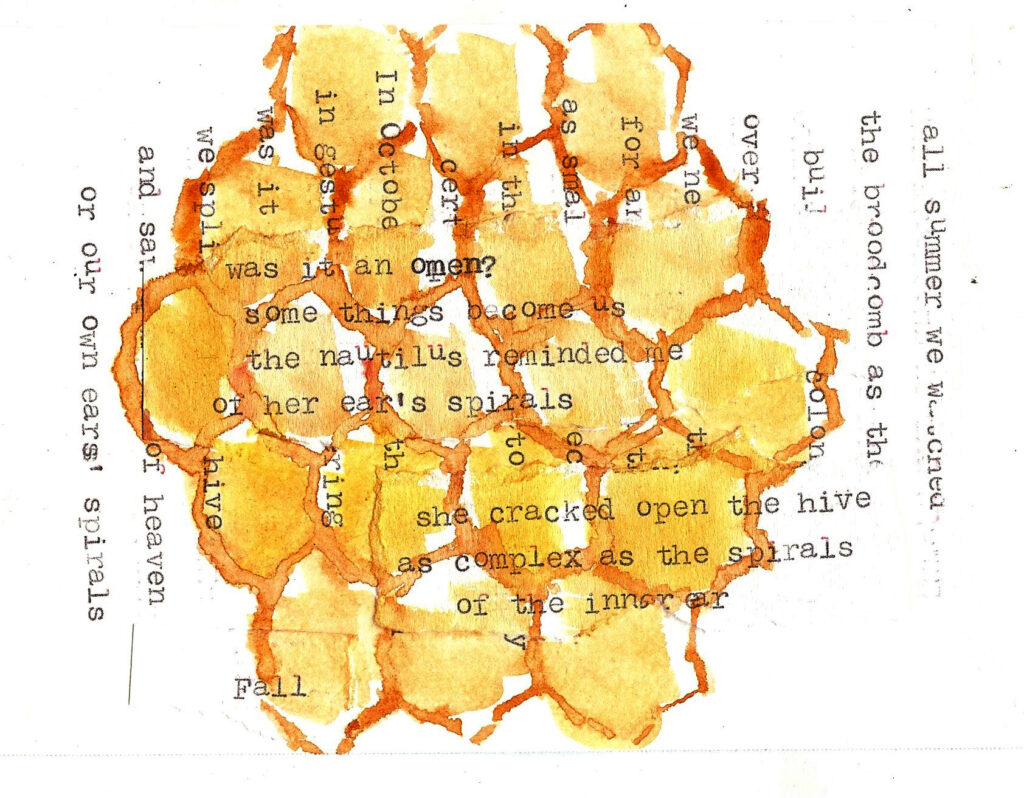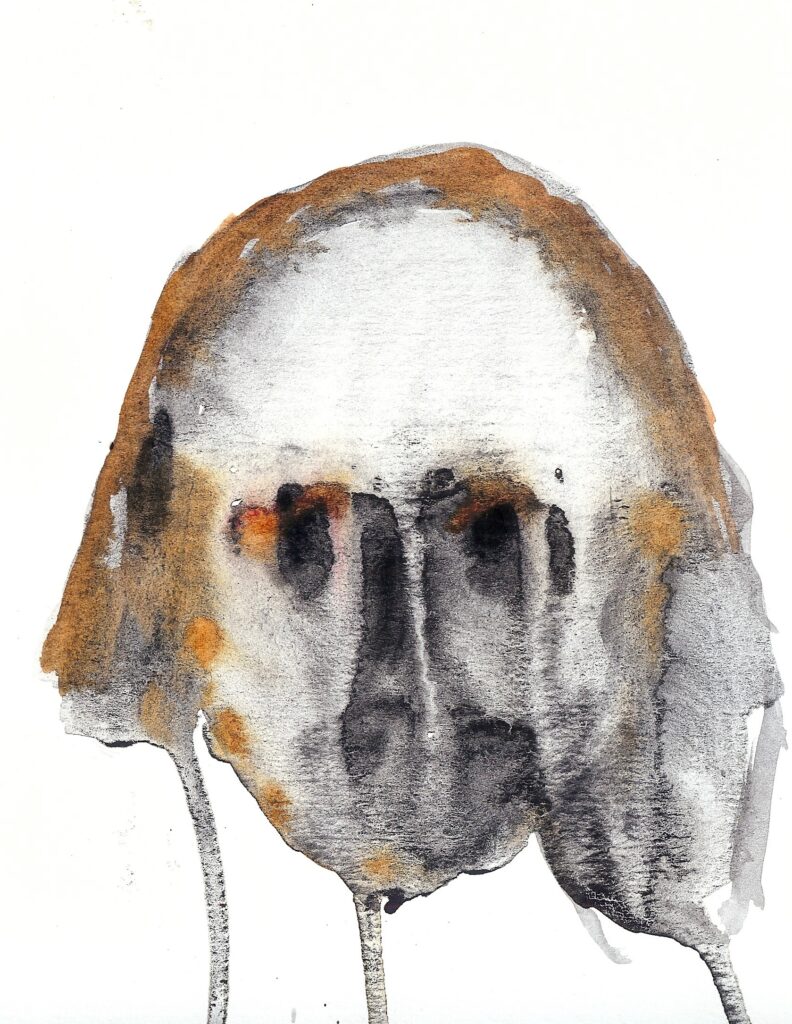Almost every afternoon, my boyfriend and I take our dog, Pali, to the dog park. It is fascinating to watch her with her doggie friends, particularly because she’s not friends with all of the dogs. Some of the dogs she chases through the mud and grass, exuberantly playful. Some of the dogs she just sniffs and passes by, hardly noting their existence. These dogs seem to feel the same way about her, too. And then, inexplicably, there are dogs she doesn’t get along with at all. They’ll both stand each other down, baring their teeth, growling. Sometimes we have to pull them apart.
Why is my dog friends with some dogs, and enemies with others? Why is she drawn to some, and predisposed to ignore others? The mystery of my dog’s friendships are as mysterious as my own. Why have I been drawn to some people at times, and not to others? Why have I been friends with the people in my life?
The mysteries, the joys, the pains, and the challenges of friendship are issues at the core of Aminatou Sow and Ann Friedman’s “Big Friendship: How We Keep Each Other Close.”
Sow and Friedman write about the mystery of why we become friends with some people and not with others. They describe it as “an initial ZING! Feeling. It can’t be forced, and that’s why it’s so magical.” It’s a kind of platonic attraction. Anyone who has experienced the blossoming of a close friendship knows what I’m talking about. “It’s hard to articulate exactly why you’re attracted to someone. You just are.” The rarity of the connection is what makes it so special.
Human friendships, unlike doggie friendships, are highly complex. A true close friendship has the power to shape the two people intimately connected in its bounds. Sow and Friedman argue that the strongest friendships are often forged when two people are a little lost in their lives. The unfolding of the friendship becomes the growth of two people. “As humans, we are all thoroughly shaped by the people we know and love.” Sow and Friedman write that they have often forged their deepest friendships at times of transition in their lives. I find the same true for myself, having made some of my closest friends after breakups or moves to new cities.
Our social connections can push us—either in new directions, or more robustly in the direction we were already heading. I found out about “Big Friendship” through the Greener Reader, my Hawai’i book club. I have a stack of books to read that goes from the floor halfway to the ceiling, and after I finished my M.F.A. in poetry I lost all taste for assigned reading. I have to admit I often find myself failing to finish book club selections. But it’s January, and one of my New Year’s resolutions was to try to keep up with the Greener Reader’s club list. I figured it would be nice to talk about books with flesh and blood people (even if over Zoom) for a change rather than my usual hoarse shouting into the vast silence and anonymity of the internet.
We become like the people who surround us. Our friends can map the course our lives will take. What was most fascinating about Sow and Friedman’s book was the idea that the friends we have will, in many ways, dictate the kinds of lives we’ll live, the kind of people we’ll become.
And indeed, I have been shaped by my friends. There are friends I made passively, some who led me on side-paths; and then there are friends I actively sought who became my companions in surfing New York swells, who pushed me into the ocean on days I didn’t want to get out of bed, who didn’t think I was crazy when I said I was going to pack my car and move to Hawai’i. (Thank you Tati. I have a bed in the living room waiting for you when you and Dan make the move.) We also expanded our circle of friends together. Tati introduced me to her active New York buddies, and I introduced her to my Rockaway dolphin pod (yes, there is a pod of dolphins in New York).
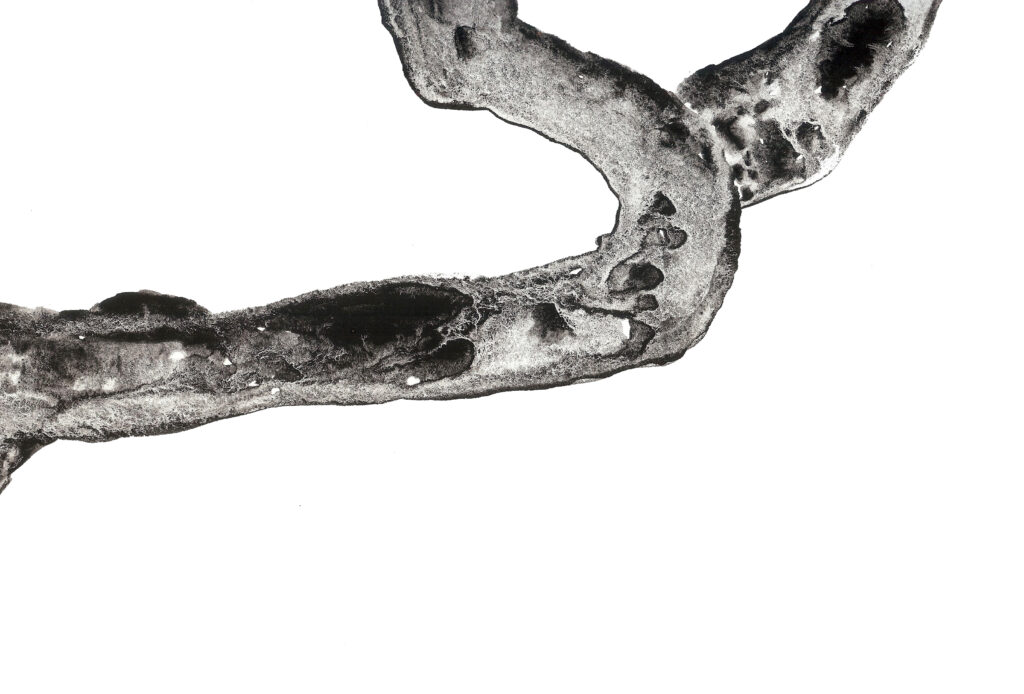
Shine Theory
Friedman and Sow went viral for their “Shine Theory” idea, which is the idea that women, and people in general, are better off seeing one another as “collaborators” rather than “competitors.” In “Big Friendship” Sow and Friedman describe the origins of Shine Theory, defining it best by showing how it has worked in their friendships and lives: “We came to define Shine Theory as an investment, over the long term, in helping a friend be their best—and relying on their help in return. It is a conscious decision to bring our full selves to our friendships and to not let insecurity or envy ravage them. It’s a practice of cultivating a spirit of genuine happiness and excitement when our friends are doing well, and being there for them when they aren’t.”
Rather than seeing the world competitively, Sow and Friedman argue that women can prosper and grow when they see the world as collaborative. “Shine Theory asks that we replace our impulse of competition with one of collaboration.”
Friedman and Sow distinguish Shine Theory from networking. Networking involves connecting with another person for the express purpose of advancing one’s career. This isn’t Shine Theory. Shine Theory is about forging genuine friendships which form the basis of mutual support, sharing of information, and resources. Sow and Friedman write: “Shine Theory often takes the form of sharing resources, contacts, and opportunities.”
There are all kinds of gate-keepers in our society. There are book editors in the literary world, CEOs in the business world, collectors and gallery owners in the art world, and more. Sow and Friedman explain that “together, we became skeptical of gate-keepers and decided we’d get further if we helped each other.” When we think about success, it is important to think about the gate-keepers of that success. At the end of 2020, the New York Times published an article titled: “Just How White Is the Book Industry?” The Times gathered data on books published between 1950 and 2018. 95% of the books published between these years were written by white people. 85% of the people who edit books are white. And the heads of the “big five” publishing houses are all white. Homogeneity in publishing leads to homogeneity in what gets published and the loss of unique voices. We need Shine Theory more than ever in the literary world. Otherwise, marginalized voices sometimes get placed in literary ghettos.
Sow and Friedman write: “The organizing principle of expensive private schools, for example, is that powerful people get more powerful by building close bonds with each other over several decades.”
It wasn’t until I graduated with my M.F.A. that I first got the creeping feeling that when it came to getting published, who you were, who you knew, and who you were connected to mattered more than the quality of your writing. Let’s just say as a shy young woman, from a low-income background, graduate school felt more like a process of watching myself spiral into thousands of dollars of student loan debt, while navigating an academic and social culture I struggled to understand and for which I had no mentor to guide me. I didn’t do very well at networking at Columbia University, nor did I do a good job of asking for help; I spent most of my time trying to not have a nervous breakdown. I know others who felt the same.
But with Shine Theory, rather than lamenting my fate, Sow and Friedman encourage action. “When we notice a person seems to have something we want, instead of turning them into an external barometer for how we’re feeling about ourselves, we work to see them as a potential ally.” When I look at the young women who shared my fate who studied poetry, the ones who survived created their own opportunities—they created their own literary journals, made themselves the gate-keepers. Maybe I could do the same. (I recently launched my own small press and published my book—gate-keepers be damned.)
It’s normal to feel jealous from time to time, but Friedman and Sow offer the important reminder that it’s how we react to the jealousy that matters more.
With Shine Theory, each person brings something to the table, and each individual is tasked to ask herself what she has to offer. In “Big Friendship” Sow and Friedman explain it like this: “We were getting tired of waiting for someone older and wiser to help us find our path forward, and so we started to look to our peers to exchange information about jobs, salaries, and obstacles.”
The more we share with each other, the more we have to gain.
Because the book is co-written, it took a little getting accustomed to the chorus of voices at first. The insights about friendship were more profound than the storytelling, but the insights were worthwhile, and I’d recommend the book to anyone looking to make friends, or stay connected to friends, despite life changes and distance. One of our deepest needs is the needs to be seen. Big friendships, when they are worked-on and held close, allow us to be seen. My puppy’s trips to the doggie park are essential to her doggie life, not just because she needs to run, but because she needs to interact with other dogs. She reminds me of how important it is to stay in touch with the friends who have shaped me into becoming the person I want to be.
About the Writer
Janice Greenwood is a writer, surfer, and poet. She holds an M.F.A. in poetry and creative writing from Columbia University.

